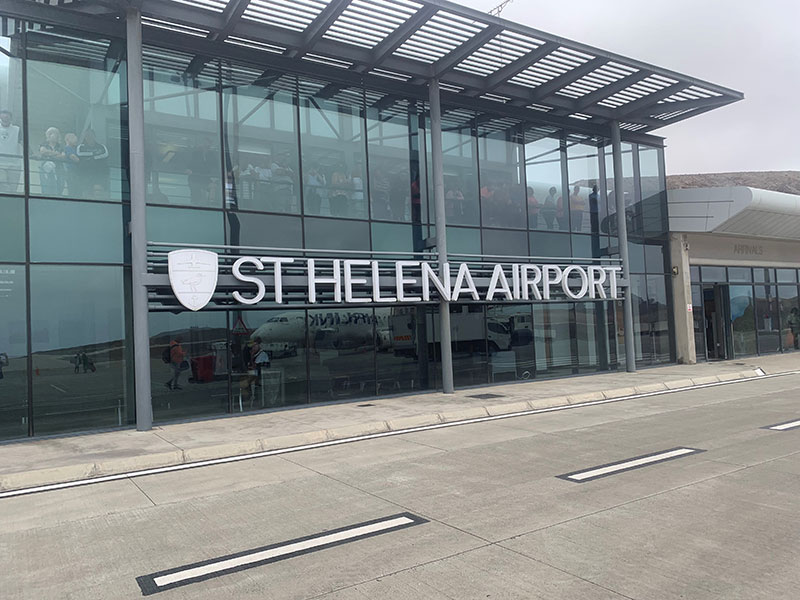The Government has set challenging targets for public services to be delivered to citizens electronically as part of the wider Modernising Government agenda. The Prime Minister pledged that by 2002 a quarter of all transactions between citizens and government should be capable of being conducted ‘electronically’, rising to 50% by 2005 and 100% by 2008. The Web is a key contribution to this target and in delivering services for citizens and business.
Jump to downloadsThe report found that the government’s 25% ‘electronic’ transactions target has clearly had a useful effect in bringing the modern capabilities of government on the Web to the attention of a wide range of agencies and departments and the basic target has already been substantially met. More progress is however needed to harness fully the potential benefits of the Web.
This was the conclusion of a report presented to Parliament today by Sir John Bourn, head of the National Audit Office. The report represents a landmark for the National Audit Office as it is the first value for money report to be fully contracted out – to a team from the London School of Economics and Political Science led by Professor Patrick Dunleavy and Helen Margetts from University College London – and in keeping with the subject matter, is the first to be available on the World Wide Web*.
The report looks at the overall patterns of Web use across central government, the central co-ordination of government on the Web and draws on a LSE census of all central government Web sites and a survey of all permanent secretaries of departments and agency chief executives The report also draws on comparisons with the practice of leading private sector organisations and assesses UK progress against three overseas governments – Australia, Germany and the United States.
What has been the progress to date?
- Access to the Internet in the UK is growing rapidly. In 1999 over 10 million people in the United Kingdom have access to the Internet and the World Wide Web either at work or via home PCs – an increase of over 25% in 12 months.
- The development of the Internet, and of the World Wide web in particular, allows government to provide higher quality services directly to citizens in innovative ways at lower costs. But progress across government to date has been patchy and relatively slow reflecting a risk adverse response.
- In the mid 1990s Britain was ahead of other European governments and much of private business. The central public Web site (open.gov.uk) created a basic Web presence for a large number of agencies. But that impetus has now flagged and in contrast to private sector firms British government Web sites, with some notable exceptions, now lag behind and look disconnected and relatively hard to navigate. Management responsibilities for developing a Web presence have been fragmented.
- Few sites, primarily business-facing agencies such at the Patent Office, provide for Web-based transactions such as facilities to download electronic forms, interrogate agency databases, or accomplish dealings electronically. In Australia 75% of tax forms are already filed electronically.
- Potential cost savings are enormous. For example if 2% of the 160 million phone calls a year the Department of Social Security receive could be shifted to people looking up material on the Department’s web site instead they could save £7.7 million annually. There is scope for similar savings across government.
- In government there is no robust method for cost justifying Web investments. Some business-facing agencies spend significant sums on external Web sites but many large departments and agencies spending on the Web site is tiny.
What more needs to be done?
- The Cabinet Office and Treasury must add impetus to the timely adoption of new Web and Internet technologies by departments and agencies. The Cabinet Office should collate data on overall use of the Web access across government and should publish an annual survey of Web use and the costs of Web provision across central government and should set realistic but demanding targets for growing Web-based interactions and transactions as distinct from other forms of electronic interaction such as the telephone.
- Web provision for central government should be actively managed to develop continuously increasing usage – encouraging citizens to access Web sites rather than seeking information via visits, letters or phone calls – the promotion of cost-effective public administration and management and the enhancement of joined-up government.
- Government departments and agencies need to maintain active Web sites ensuring the information provided is up-to-date, authoritative, accurate and reliable.
- Government Web sites must be well designed and meets users’ needs for example any forms or regulations required are in easily accessible formats.
"The advent of the Internet and World Wide Web challenges all departments to reconsider how they communicate with citizens and organise their business procedures. It offers the potential to achieve very significant improvements in the quality of their services and important financial savings".
Sir John Bourn
Downloads
- 990087es.pdf (.pdf — 108 KB)
- 990087.pdf (.pdf — 3 MB)
Publication details
- ISBN: 105566276 [Buy a hard copy of this report]
- HC: 87 1999-2000



